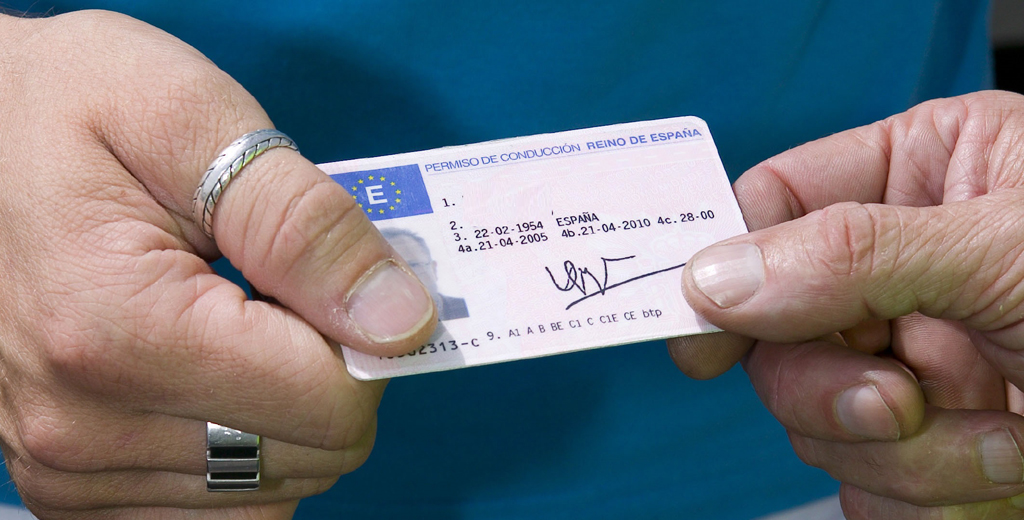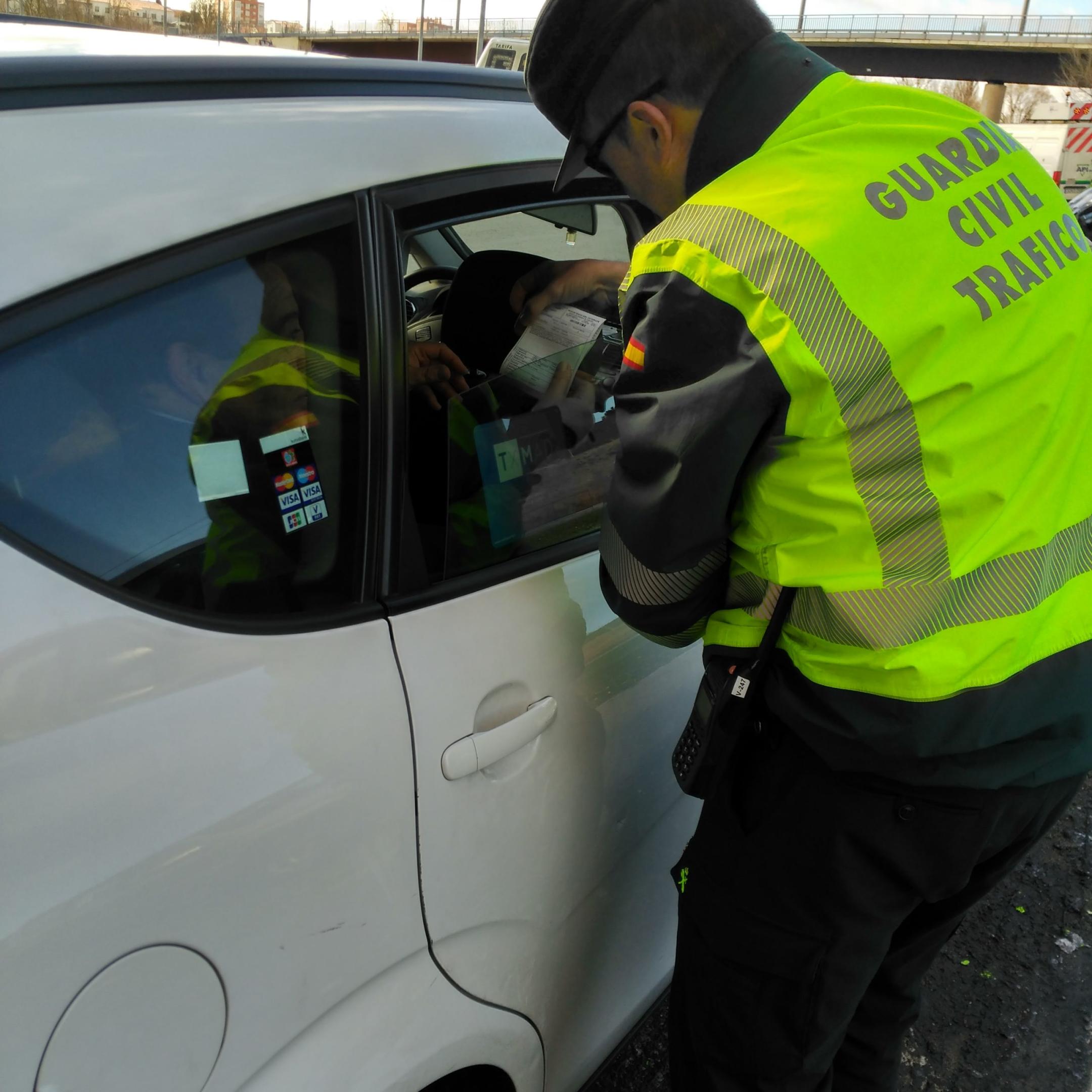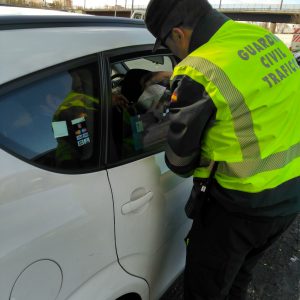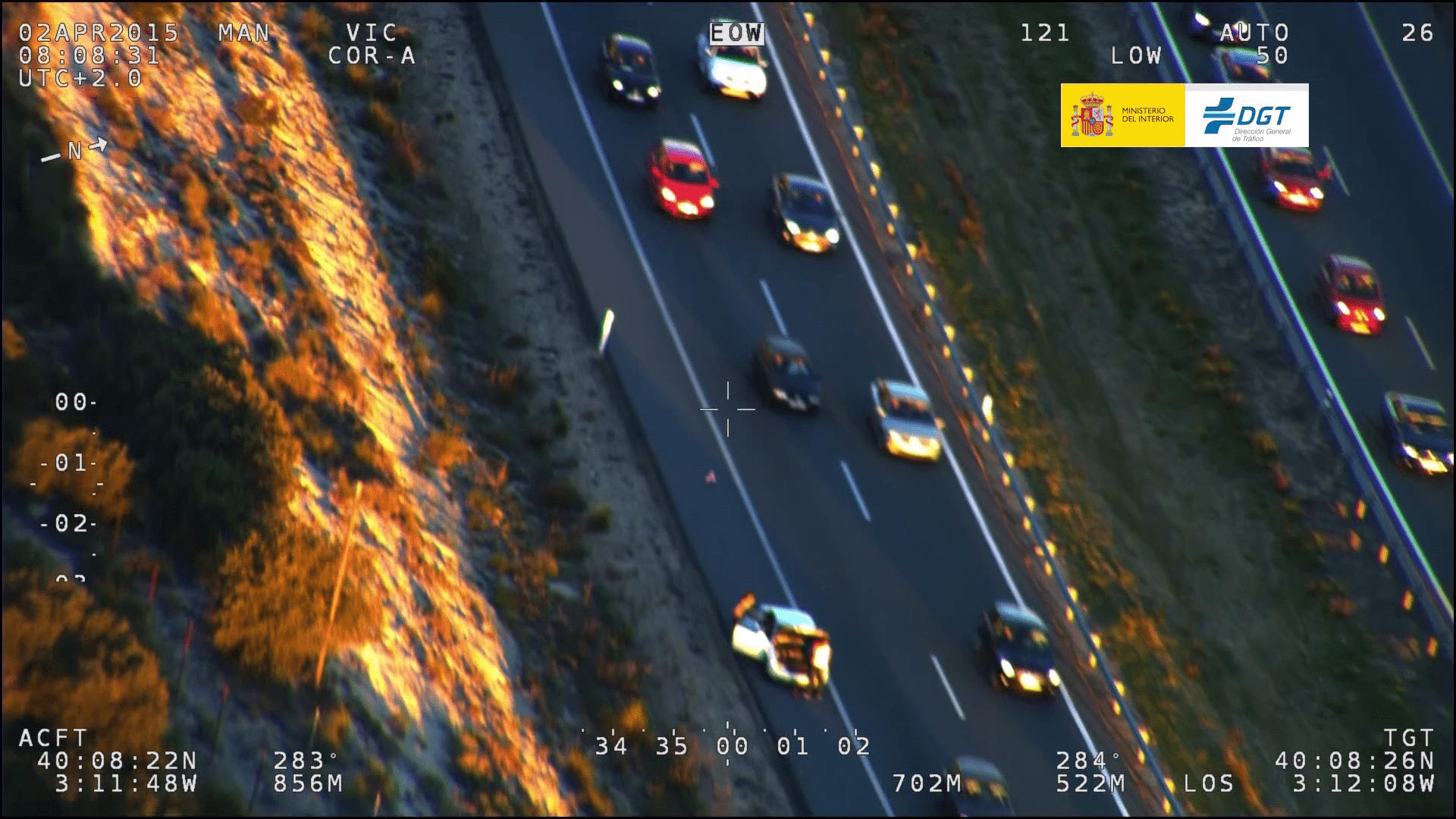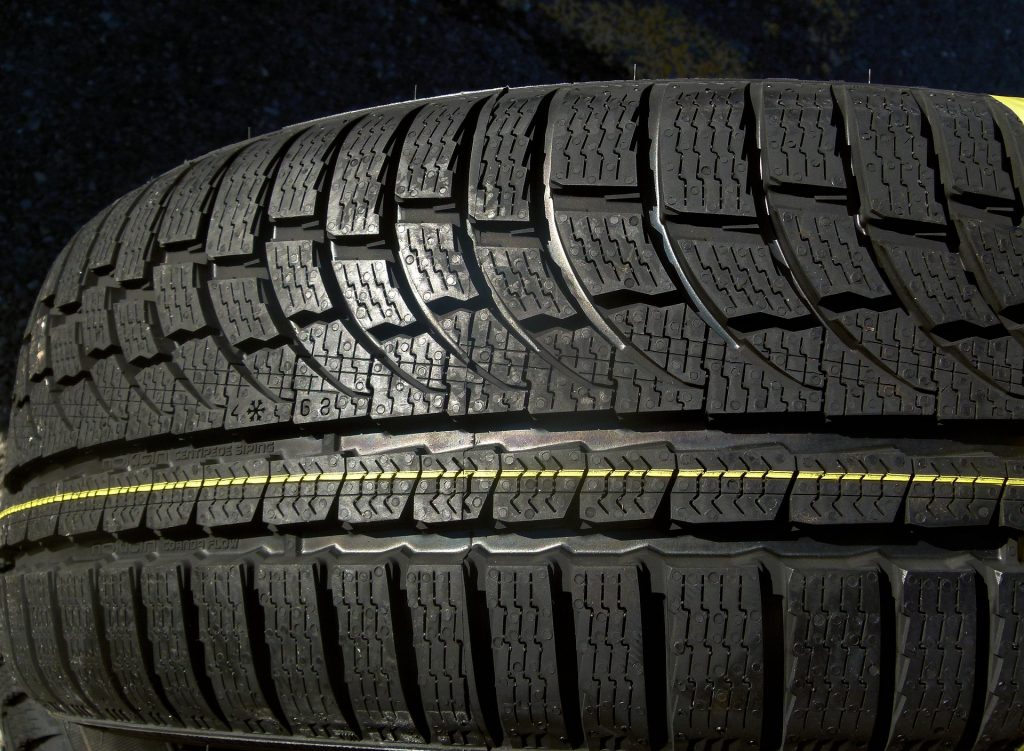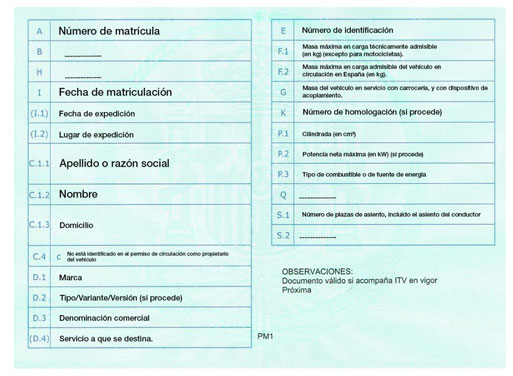The Interior Ministry has issued an order extending the validity of driving licenses that expire during the state of alarm for 60 days.
The order, published this Saturday in the Official State Gazette (BOE), states that “driving permits and licenses, as well as other administrative authorizations to drive, whose period of validity expires during the state of alarm, will be automatically extended while it lasts the same and up to sixty calendar days after its completion ”.
The resolution, signed by the Minister of the Interior, Fernando Grande-Marlaska, also affects valid foreign driving licenses to drive in Spain. The law establishes that these permits are valid for six months from arrival in Spain and that, after that period, foreign drivers must exchange their country’s permit for a Spanish one.
The order published today in the BOE establishes that the computation of those six months is paralysed during the state of alarm, and will resume once that period has ended. Therefore, foreign driving licenses for which the legal six months have not expired remain valid during the state of alarm.
Essential vehicles exempt from some traffic restrictions
The resolution also affects certain vehicles that provide essential services such as the distribution of medicines, medical supplies or food. The Royal Decree, by which the state of alarm was established, indicates that the Minister of the Interior “may agree to close the circulation of roads or sections of them for reasons of public health, safety or fluidity of traffic or the restriction on access of certain vehicles for the same reasons. ” The order issued this Saturday indicates that these restrictions that may be established will not affect:
a) Roadside assistance vehicles.
b) Vehicles and road maintenance and maintenance services.
c) Vehicles for the distribution of medicines and medical supplies.
d) Urban solid waste collection vehicles.
e) Vehicles destined for food distribution.
f) The transportation of flux materials.
g) Vehicles destined to transport fuels.
h) Live livestock transport vehicles.
i) The transport of perishable goods (fruits, fresh vegetables and others), provided that the perishable goods account for at least half of the vehicle’s payload capacity or occupy half of the vehicle’s payload volume.
j) The vehicles of the State Society of Posts and Telegraphs.
The restrictions will also not affect other vehicles “that help guarantee the supply of goods or the provision of essential services for the population.” The Royal Decree on the state of alarm already indicated that these restrictions did not affect emergency vehicles or police vehicles. The order signed by the Interior Minister has been issued, like the rest of the resolutions established under the Royal Decree on the state of alarm, in order to protect the health and safety of citizens, contain the progression of the disease and reinforce the public health system. The objective is to guarantee the supply of basic necessities and the provision of essential services for our society.
To make this measure effective and guarantee unity and coordination in its execution, the order establishes that the General Director of Traffic, Pere Navarro, report the same “to those responsible for traffic in the Autonomous Communities, or, where appropriate, of the local entities that have assumed competences in the matter of traffic ”.
